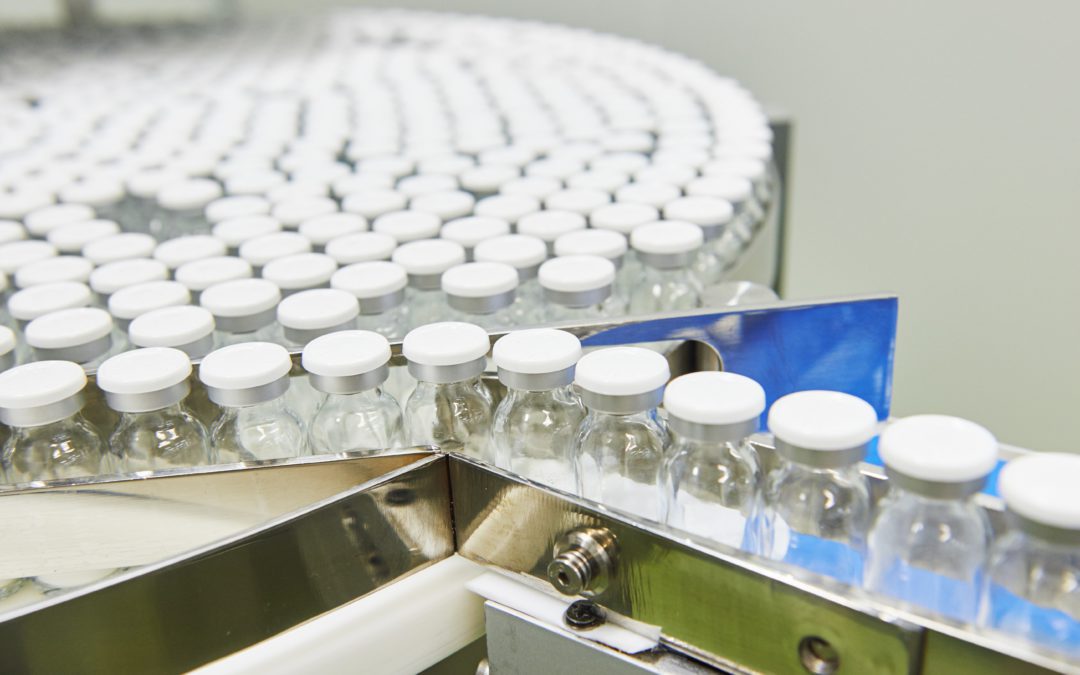The pharmaceutical sector is a sector with high environmental risk. Emissions elimination in the pharma sector has become a critical issue in the recent decades. The excess of pollutants in the atmosphere derived from production processes brings consequences and harmful effects for the environment and for people’s health.
The pharma sector is facing several challenges nowadays. From an environmental perspective, and regarding exhaust gas emissions, one of the main problems found in the pharma sector is that several different chemical processes often coexist in the production of a single product, while different products are produced in the same plant.
Consequently, the analysis of all the possibilities of linked or independent chemical processes must be carried out in detail and in a personalised way, at each production plant or laboratory.
Specific aspects of pharma production processes
To obtain all the necessary formulations, the pharmaceutical industry carries out complex processes under difficult conditions that need to be identified and controlled: LEL dilution, particle removal, as well as possible explosion relief due to mixing substances used in a multitude of processes to obtain active ingredients.
Pollutants in the pharma sector
The pharmaceutical industry encounters its biggest emissions problems in the production stages of active ingredients. We find the highest air emissions of Volatile Organic Compounds (VOCs) during the storage and transport of solvents, the purging of nitrogen reactors, distillation and evaporation operations, product drying and equipment cleaning.
Moreover, the pharmaceutical industry has to deal with many more pollutants: acetone, halogenated compounds, ammonia, hydrochloric acid, hydrobromic acid, methanol, methylene chloride, Triton B, benzyl chloride, dichloromethane, toluene, ethanol, thionyl chloride, isopropanol, benzylamine, tetrahydrofuran, bromates and bromides, etc.
These pollutants can be grouped into three main blocks:
- Volatile organic compounds (VOCs): Typically generated in reactors during product drying and in solvent storage tanks.
- Dust and particles: Due to the handling of raw materials in the production processes of active ingredients, when taking samples and the transfer of intermediates.
- Other emissions: From reactors containing organic and inorganic chemicals and odours produced by biological fermentation processes.
One of our many success stories in the pharma sector
One of the many projects we have successfully carried out in the pharma sector for large multinational pharma labs is this one – for a pharmaceutical plant in Spain, for which we designed, assembled, installed and commissioned a Volatile Organic Compounds #emissions treatment plant, composed of an RTO system plus a quench and a gas scrubber to eliminate acid gases. The plant has been working smoothly since 2019, and has transformed the customer’s site into a healthy, safe place for people and the environment.
Please contact us today if you want to learn more, or if you need technical advice on your emissions challenges in the pharma or in any other sector.

